San Pedro la Laguna isn’t known for Mountain Biking. Rich in T’zutujil culture the village is one of the major tourist destinations at Lake Atitlán and a cultural center of the Maya. Isolated and unique, San Pedro is situated at the base of the steep volcano of the same name (3020m). Although not as accessible as the eastern side of the lake the trails in San Pedro La Laguna have a unique technical character (read: rocks!) and are absolutely worth a visit.
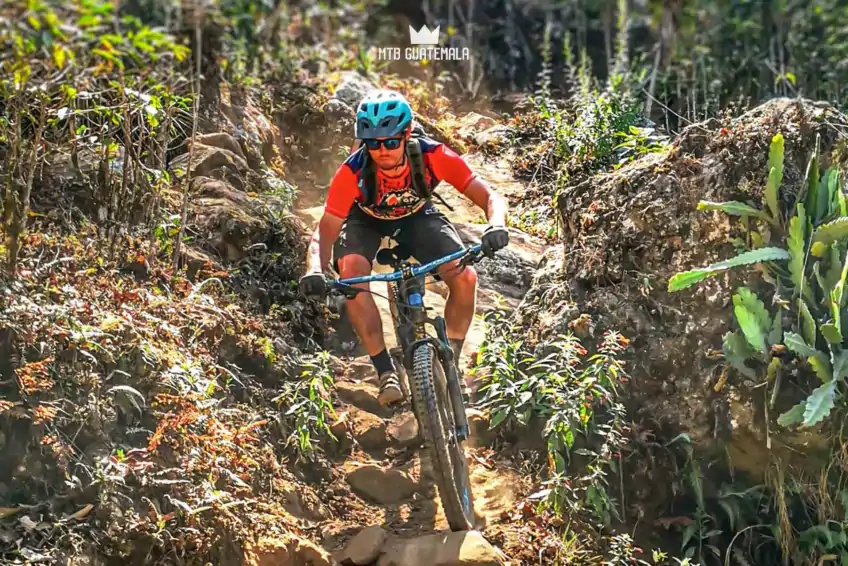
Mountain Biking in San Pedro la Laguna
Everywhere out is up. As with most of the mountain biking destinations at Lake Atitán the terrain in San Pedro La Laguna is incredibly steep. There are two major trail areas accessible from the town: the slopes of San Pedro Volcano and the rich agricultural plateau of Pasajquim located 1000m above the city. The slopes of the San Pedro volcano are accessed by a 8km paved hill climb. To reach Pasajquim you will need to make a 16km loop via San Pablo la Laguna climbing the legendary Subida de Santa Lucía.
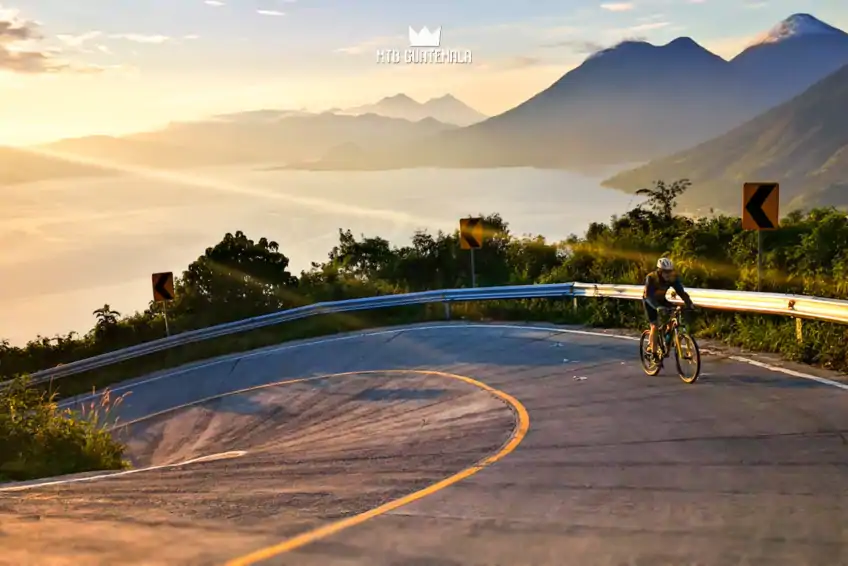
Volcanoes for Breakfast
Gaining 600m, directly behind the town is a class 1 road climb reaching a plateau below Volcán San Pedro. Paved in 2015 The climb begins with several sharp switchbacks with 20%+ slope. The road was the site of the 2017 San Pedro Challenge an international downhill longboarding competition organized by GT Downhill.
Living Mayan Culture
Tzʼutujil people are one of the 24 Mayan ethnic groups in Guatemala San Pedro is considered their cultural center. The Tzutujil territory once encompassed most of Lake Atitlán, however during the Spanish conquest, the Tzutujil lost to the neighboring Kaqchikel Maya retreating to the western side of the lake. San Pedro is one of three Tzʼutujil communities where local artists have adapted the international genre of Arte Naif to express their indigenous traditions and beliefs. The weavers of San Juan are among the very few indigenous artisans who make their own dyes which they produce from plants grown locally.
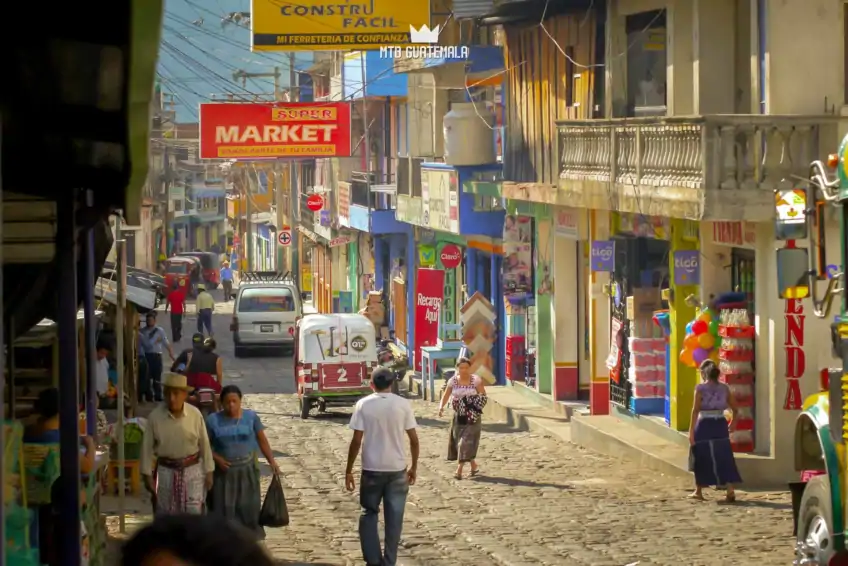
Ancient agricultural Trails
For centuries locals in San Pedro la Laguna here have been farming on the slopes above the town. The area is extremely rocky. The primary agriculture in San Pedro la Laguna is coffee, and the region is famous for growing a rich, dark bean. Volcanic boulder fields been carefully manicured for agriculture with rock terraces, walls and steps. Coffee and corn cover almost every growable surface with a maze of technical footpaths and trails established for maintaining and picking the crops.
Volcan Paquisis
One of Guatemala’s least visited volcanoes the Slopes of Paquisis rise like a wall behind volcan San Pedro and act as a natural barrier for the weather coming from the pacific coast. The volcano is accessed by a confusing network of ridge trails and false summits from neighboring aldeas Panyebar and Pasajquim. The area of Volcán Paquisis is home to some of the last native forests in Guatemala, but they are quickly being cut in favor of growing corn. As such there are numerous trails suitable for mountain biking in the region.
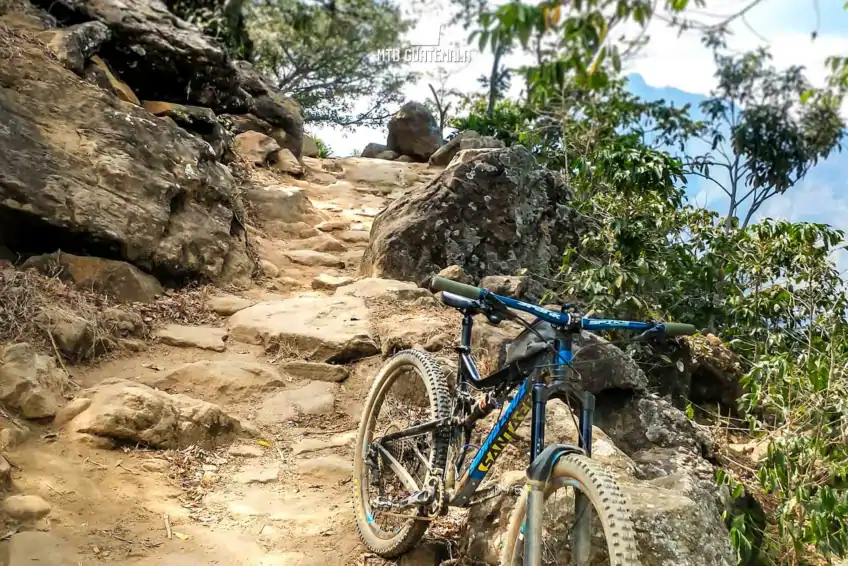
LA LEGENDA DE BOBBY
Local legend Daniel Perez – Bobby has been exploring the mountain biking trails outside of his town for the last 6 years. Bobby is always eager to catch the sunrise by bike and is no stranger to the Santa Lucia climb, having attempted it over 70 times. Bobby has seen the sport of mountain biking in San Pedro la Laguna in the past few years with the development of a cycling club in neighboring San Pablo, however for the most part he still rides alone. Bobby is familiar with the exploratory, adventure style of mountain biking at Lake Atitlán where its necessary to hike a lot to bike a bit –both up and down!
Follow Daniel on instagram – @depf311
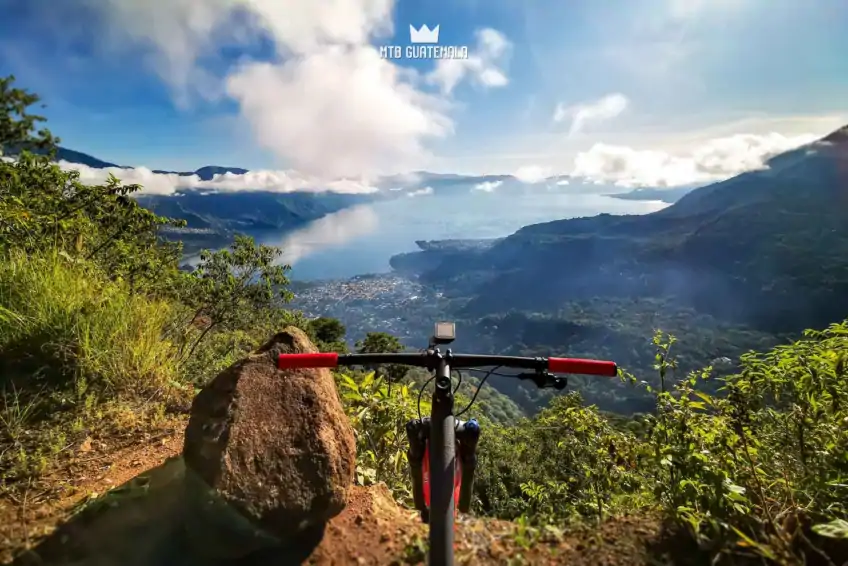
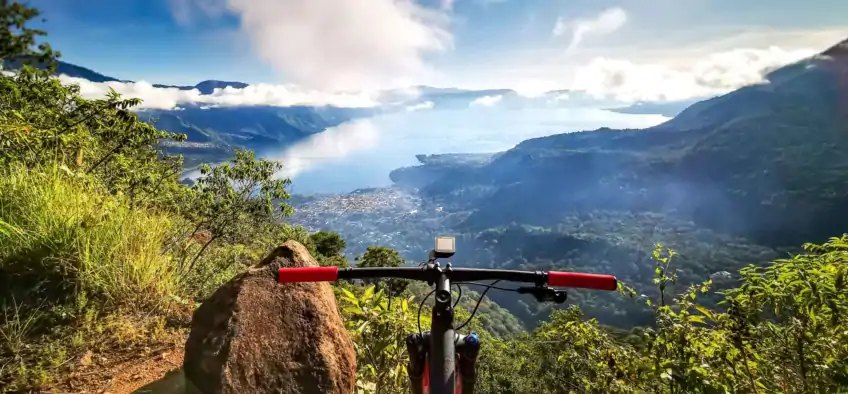
Comments